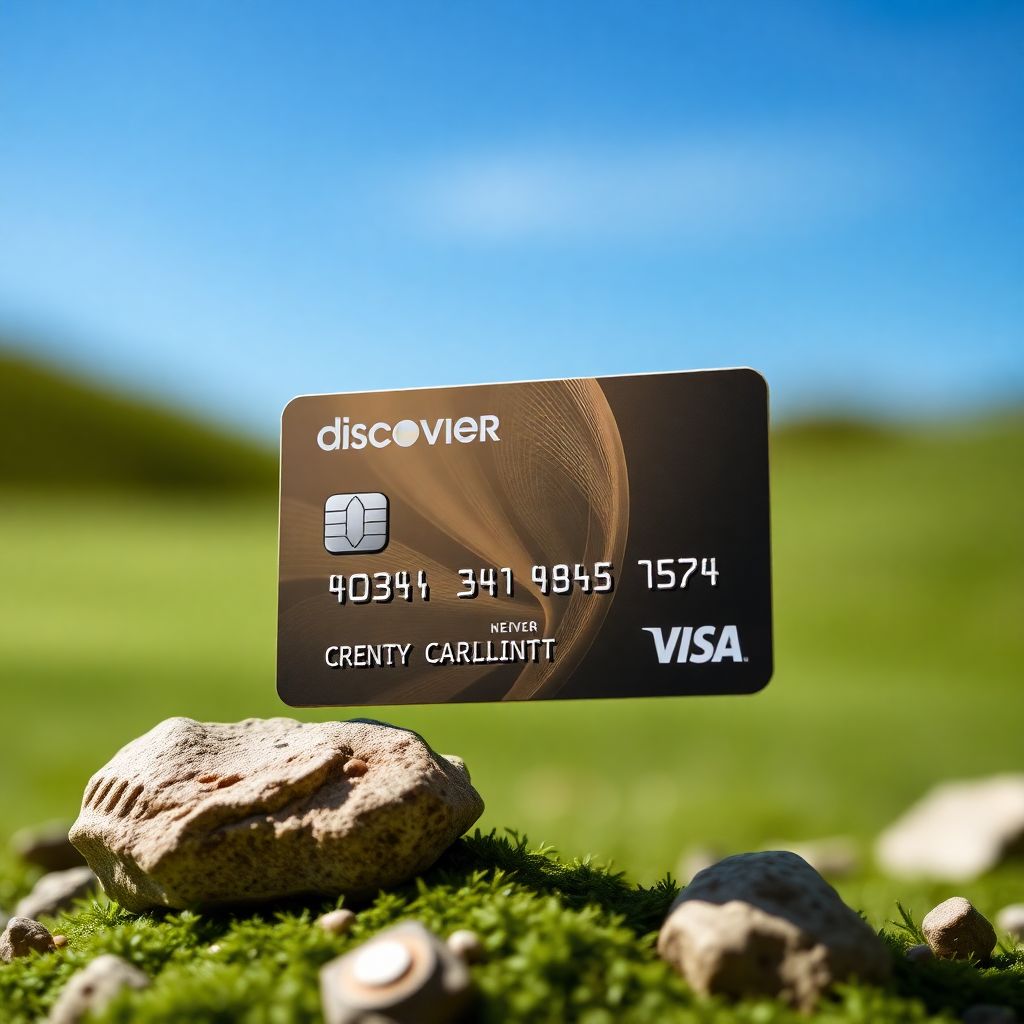Introduction
Credit limit is an important number in the life of every individual. It is an amount of money that can be borrowed using the card.at any point. Understanding the limits will help affect spending and determine the credit score as well as ability to borrow more. Credit card limits will become an effective tool for building better credits without getting into debt if used properly. Understanding the limits would help one wiser use of the card and in improving the overall financial life.
Understanding Credit Card Limits
What Is a Credit Card Limit?
This is a limit beyond which you cannot borrow on your credit card. This is borrowed cap set by your bank or credit company. It basically comes from a mix of your credit history, the income you have coming in, and what type of card you are applying for. There are different types of limits: the initial limit you get when you open the card, temporary increases and then also increases that become permanent over time. Each one (initial limit, altered limit, permanent increases) will role play in the overall spending ability.
Factors Affecting Credit Card Limits
Your credit limit is not a random. Many aspects go into consideration: Your credit score and borrowing history. How much you make, your income-to-debt ratio. The kind of credit card you possess. Your spending habits and the duration you’ve had with the account. All these elements play into what a lender considers to have been safely lending to you.
How Credit Limits are Determined and Reviewed
As and when you apply for a credit card, the issuer collects the optional source of income and credits into consideration. On basis of those parameters, initial facility of limit may be adorned. Gradually, once in an year, it starts reviewing the account for changes. If your financial conditions have improved, they may upgrade your limit. Otherwise, if you are not making timely payments, less limit can be a possibility for you. Sometimes, one can apply for increased limit while occasionally the issuer enhances the limits.
Ways to Know Your Credit Card Limit
Ways You Can Use to Check Your Credit Limit
These are easy methods:
- Log into your bank or credit card online account or mobile application.
- See your contract statement, which shows your credit limit clearly.
- Call for customer service if you want something immediate.
How to Keep an Eye on Your Credit Limit
You must regularly keep an eye on your limits by setting alerts. Many apps automatically remind you when you’re nearing your limit. To check your spending and ensure that there are no unauthorized purchases happening, periodically look through your account activity. It keeps you in charge.
Why it Matters to Know Your Limit
Awareness of the limit eliminates shocking fees or declined transactions. There are expensive over-limit fees with exceeding one’s limit. Also, it keeps credit utilization low – good for a person’s score. Portraying an image of one’s creditworthiness can also count as already good for that person’s credit score and can prevent those awkward moments in the checkout line when the card fails.
Strategies to Raise Your Credit Card Limit
Establish Your Credit Profile
The first step to increasing your credit limit is improving your credit score. Make payments on time, keep low balances, and avoid maxing out your cards. Paying bills late or carrying high balances lowers your chance for a limit increase. Consistency is key.
Request a Credit Limit Increase
So when should the budgeting request for a greater limit be made? Usually after:
- Paying bills on time for several months.
- Getting a higher income.
- Showing better financial habits.
Ask for a limit increase online, over the phone, or in person. Their information might include your income level and where you are working. Sometimes it’s ask for proof of income by the issuer.
Automatic Limit Increases
Some banks automatically increase your limit if you meet specific terms and conditions. They check your payment history, longevity with the bank, and your income level. Automatic increases are great because they happen without you asking. However, they are not that frequent and do depend on your habits.
Managing Your Credit Limit Responsibly
Best Practices for Credit Utilization
Spend less than 30% of the limit; for example, with a limit of $1,000, you should ideally not spend more than $300. Using your credit less boosts your score. If possible, use multiple cards to record the purchases. Full payoff keeps interest costs down.
Avoid Common Pitfalls
Only spend what you can afford to pay back. Ignoring alerts about your limit can lead to declined purchases. Requesting frequent limit increases without improving your spending habits can hurt your score. So be careful with the requests and ask only when it is necessary.
How Limit Management Affects Your Credit Score
Your credit utilization ratio is big for your score-the lower, the better. Keeping a high limit helps in keeping that ratio low. If your limit is raised, it can improve your score as long as your spending stays controlled. Good habits-only time pays and keeps balances low-strengthen your credit over time.
Conclusion
Knowing and managing your credit card limit is a key pillar in achieving good financial health. Watch it closely, seek wise increases, and keep spending below your credit limit. Your credit can be a strong engine for building credit and reaching financial goals. Take that action today: check your limits frequently, ask for increases, and stay disciplined. Your future self will thank you for it.

